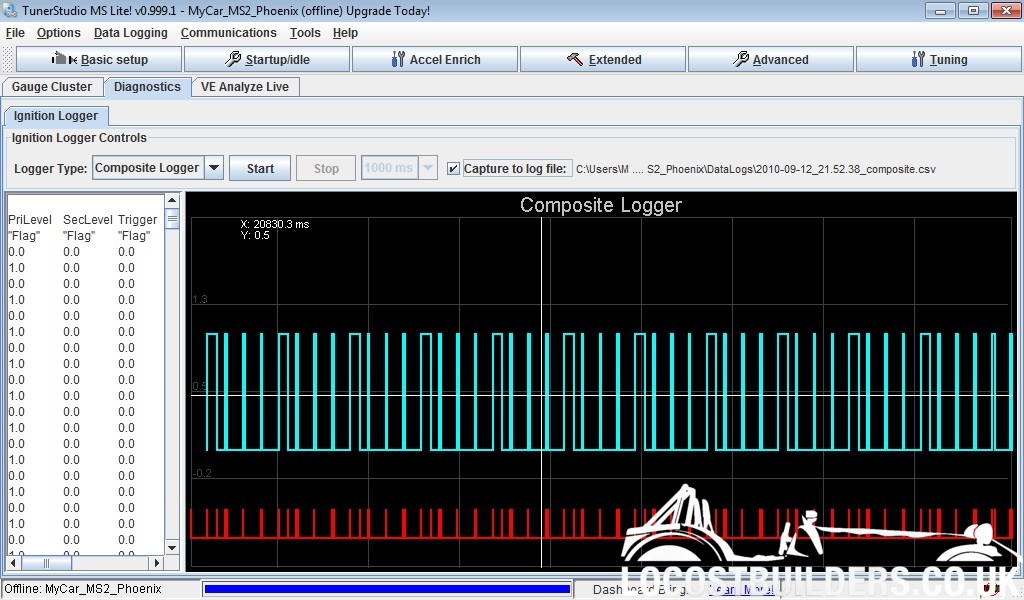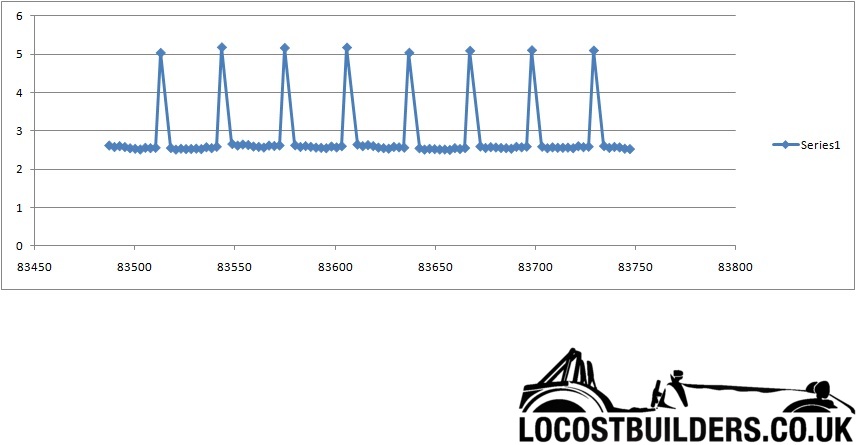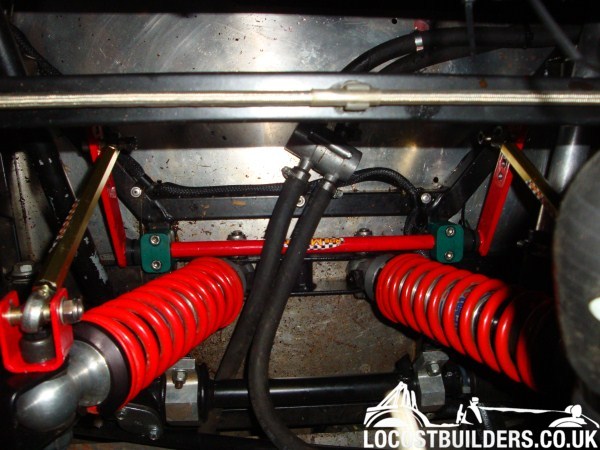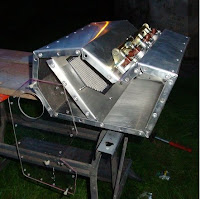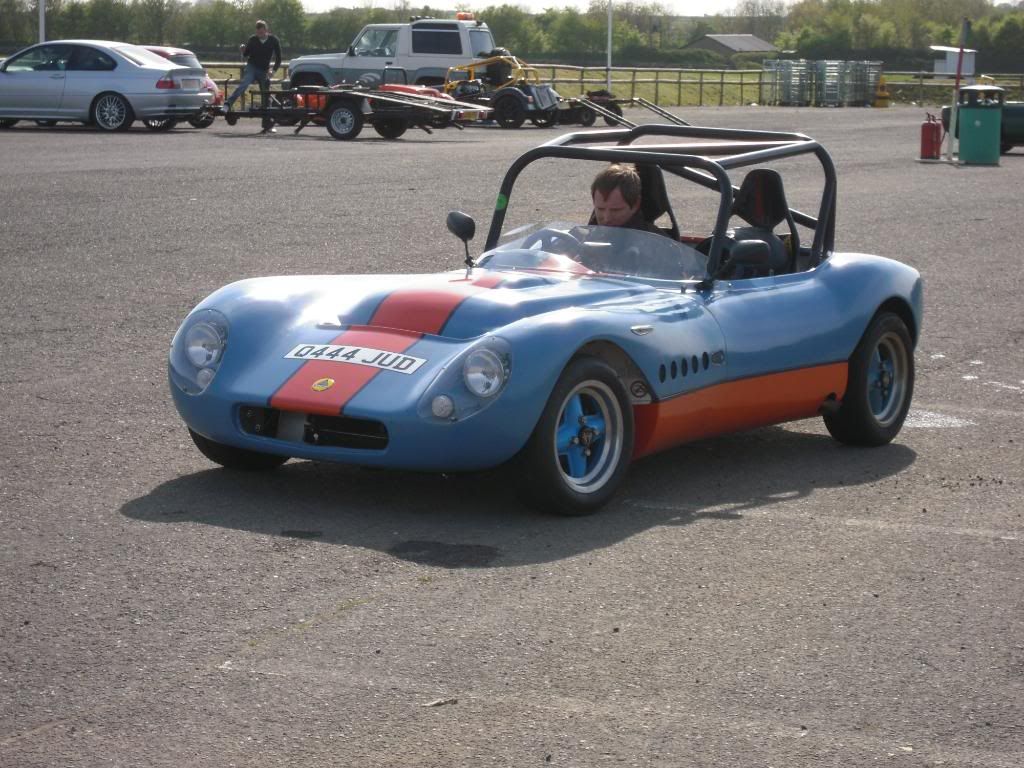Bit of a discovery;
Old engine airbox on, no pipe connected to it, MAP pressure maximum of 96 drops to 93 at 10300 and full throttle.
New engine
with the airbox on an the pipe connected to it, the MAP pressure has a maximum of 96, as the revs rise at full throttle this drops to 91 at 10300 (drop of 5)
with the airbox off, but filter still in place. The pressure starts at 98 and drops to 95 at 10300 (a drop of 3)
Need to connect the airbox up, but remove the pipe, just to confirm that this drop isn't due to the pipe
It could be the pipe, or the back of the airbox.
With the back off the box I got loud aggressive noises at 5-6krpm, but it felt strong, the AFR wasn't particularly high, so although it felt strong it might not be getting much more air.
BUT, if I am getting a 2kPa drop from the bits between the trumpet and the map sensor take-offs, then I must be getting a further 2kPa (at least) from the more restrictive gsxr750 inlet rubber bits.
So, if I change to gsxr1000 Throttle bodies, I should lose some of the 2kPa, and also gain a further few kPa from the inlet rubbers. This should take better advantage of the porting that has been done to this head, and maybe release the big power.
I think this engine should be worth 180bhp (which is the limit of the injectors) with the bits that I have if I can set it up correctly.
Engine status update.
I have been losing oil since the rebuild, maybe 3litres in 300miles, and it isn't a leak as the rear right tyre (next to exhaust) was very very grubby. I had hoped that it was a combination of overfilling (with oil) and the engine breathing into the air-box. Also the bores were freshly honed, and this can cause some oil loss (I am a dreamer).
Anyway, I measured the compression on the engine. 8, 15,15,15 (all in atmosphere) so the front cylinder is down. Either damaged bore, damaged rings, head gasket or leaking valves. Measured the valve gaps, and it isn't leaking valves. I measured the compression after building the engine, and it was fine, so a ring wasn't broken on installation. It gets worse as the engine warms up (I think, although I haven't checked compression with a hot engine) but the oil would get thinner and so leak more easily.
Basically I need to sort the engine, which probably means a new set of barrels (the current ones are overbored to the maximum, so nowhere to go). Three choices:
1) go back to the 1074cc barrels, and pistons (stock)
2) rebore the 1074cc pistons and get new rings and head gasket (£300) to go back to 1146cc
3) purchase the a big bore Wiseco kit and rebore the 1146cc damaged barrels up to 1198cc. More power!!!!
This way I can built up a new 1198cc engine with a crankshaft that keeps the balancing weights. I can then transfer the special head over with the gsxr1000 Throttle bodies.
I need some more pictures!






